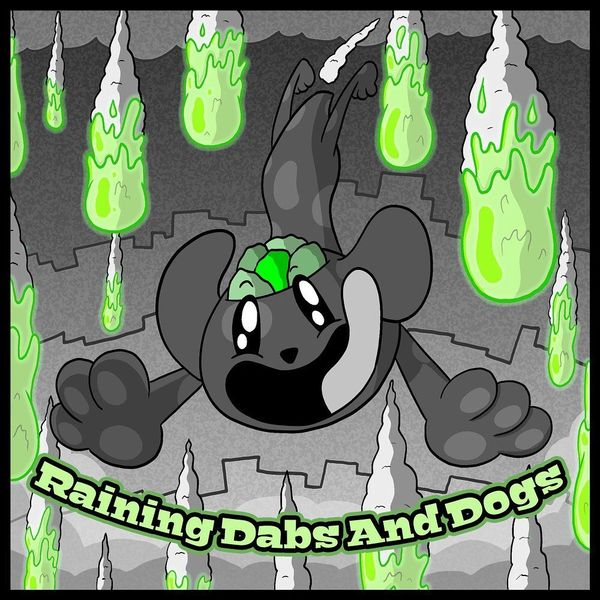Signed in as:
filler@godaddy.com
Signed in as:
filler@godaddy.com
Cannabinoids are naturally occurring compounds. The cannabis plant produces more than one hundred cannabinoids, forming in the resin produced by glandular hairs. cannabinoids are found in all cannabis and the principal psychoactive ingredient.

Produces many important cannabinoids. Olivetolate geranyltransferase makes CBGA, allowing THCA, CBDA,and CBCA to synthesize. THCA, CBDA, and CBCA compounds are then transformed to THC, CBD, and CBC by heat in a non-enzymatic conversion

Cannabidiol (CBD) is a naturally occurring cannabinoid in cannabis. CBD doesn’t cause a high effect like from THC. Both contain 21 carbon atoms, 30 hydrogen atoms, and 2 oxygen atoms. With the atoms arranged slightly differently, than THC, CBD causes a different effect on your body.

Cannabidiolic acid (CBDA) is a non-psychoactive compound found in Cannabis. CBDA can be decarboxylated to form CBD. We know a lot less about the effects of CBDA, as scientists are only just beginning to study it more. Containing a carboxyl group comprising one carbon, one hydrogen, and two oxygen atoms

THC, is the cannabis plant's primary component for causing psychoactive effects. Tetrahydrocannabinol (THC) is one of at least 113 total cannabinoids identified in the cannabis plant, containing twenty-one atoms of carbon, thirty of hydrogen and two of oxygen.

One of the most common cannabinoid found in the cannabis. Tetrahydrocannabinolic acid (THCA) Research shows that THCA has its own medicinal potential, can be converted into THC through decarboxylation by heating a cannabinoid until removing the carboxyl group

Cannabigerol (CBG) is a non-intoxicating cannabinoid produced when heat is applied to the CBGA. Found mostly in hemp products, higher THC levels means the less CBG is found. More research is still needed into the many different benefits it could have.

Cannabigerolic acid (CBGA) is a precursor compound that forms the building blocks of important cannabinoids THC, CBD, CBG, and CBC. Research indicates that CBGA holds significant anti-oxidative and anti-cancer properties

Cannabichromene (CBC) A naturally occurring phytocannabinoids found in cannabis. CBC won’t get you high but give you more of a feeling of happiness and relaxation. Its effects and benefits are identical to CBD, Having anti-inflammatory and pain-killing effects.

Cannabichromene acid (CBCA) is a non-psychoactive compound found in cannabis plant. By going through the decarboxylation process will convert CBCA into CBC. The potential of CBCA has yet to be fully understood with need for more research

Cannabinol (CBN) is a mildly psychoactive cannabinoid found in cannabis plants. mostly found in aged cannabis that’s been stored, allowing oxidation to happen. Having synergistic effects after being combined with THC that induces a sleeping feeling

Cannabinolic acid (CBNA) is a non-psychoactive cannabinoid found in Cannabis plants. Consisting of 22 carbon atoms, 26 hydrogen atoms, and 4 oxygen atoms. The decarboxylation process will convert CBNA to CBN. It’s benefits are similar to CBN
Are naturally occurring chemical compounds, they are responsible for aroma and characteristics of cannabis. they work together with cannabinoids to produce different effects

has a peppery, spicy, and or woody aroma. Can be found in clove, black pepper, rosemary, and hops. Helps relieves chronic and nerve pain, anxiety, depression, neurodegenerative disorders and can lower cholesterol

With a zesty citrus fragrance of lemon, orange, lime, or grapefruit. Can be found in the peels of these citrus fruits and in many types of cannabis strains. Benefits include boosting mood and relieving stress.

is a Terpene that has a earthy and musky aroma with a hint of sweet. Found in cannabis, but is also found in mango, bay leaves, thyme, hops, lemongrass, basil and more. Has anti inflammatory properties, can relieve pain, as well as having a sedating relaxing effect

is a terpene that has the aroma of a pine, Found in pine trees and other plants. Benefits are anti-inflammatory, anti-cancer, antimicrobial, respiratory and neuroprotective.

is a terpene with an floral aroma of lavender with a hint of spice. found in lavender and other plants. Helps treats depression, and anxiety. As well as help with seizures, insomnia and cancers
































We use cookies to analyze website traffic and optimize your website experience. By accepting our use of cookies, your data will be aggregated with all other user data.